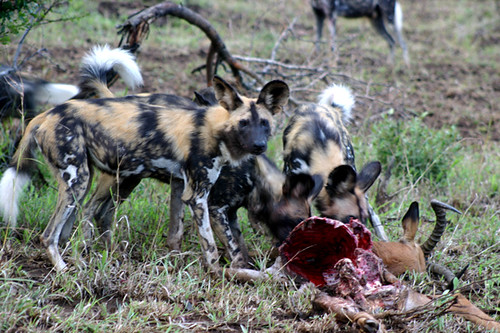 African Lion Pictures
African Lion PicturesThe females work as a team to bring down an The Females are the ones who do most of the hunting for the group. It then mates with the females to produce its own offspring. When a male lion wants to take over a pride, it fights the dominant male in the group, if it wins, it chases it away and takes over. It marks it of with urine, roaring to warn of intruders and fighting those who are daring enough to intrude.
 African Lion Wallpapers
African Lion WallpapersNo other animal is supposed to intrude. The male lion marks off at least 100 square kilometers of land as its domain. Though lions are social animals, two prides can not occupy the same space. It can either be black or brown in color. A grown up male lion has a beautiful mane that runs from the neck to the upper back.
 African Lion Hunting
African Lion HuntingThe male cubs once they mature leave the pride in such of a group they can dominate. The lionesses are all related as they are born and mature in the group. This is the one that mates with all the females in the group. There is normally a dominant male that is stronger and commands the group. The pride normally is made up of about fifteen females and their young ones and up to three males.











